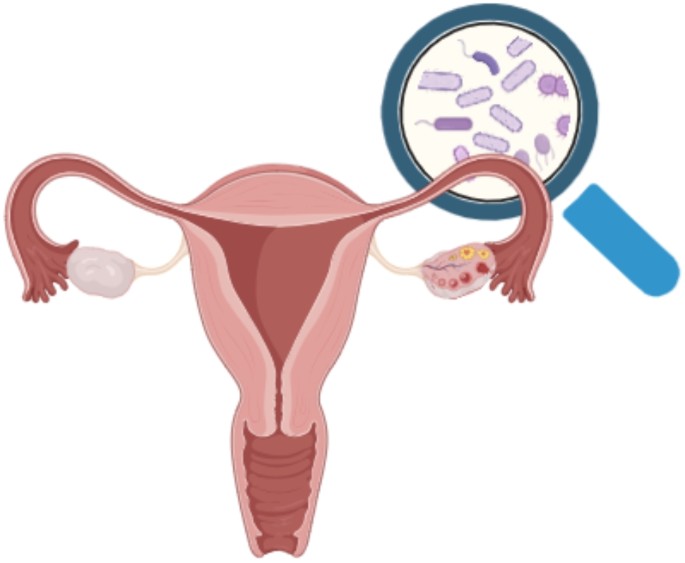Study Finds Persistent Gaps in Lung Cancer Screening Despite Updated Guidelines
Miami, FL – A new study led by researchers at the Sylvester Comprehensive Cancer Center, part of the University of Miami Miller School of Medicine, reveals significant gaps in lung cancer screening, particularly among underserved populations, despite updated guidelines aimed at expanding eligibility.
Since 2021, lung cancer screening guidelines have included younger individuals and those with a lower smoking history, leading to an overall rise in screenings. However, the study highlights ongoing disparities, particularly among individuals with limited access to healthcare.
Screening Guidelines and Persistent Disparities
“The updated guidelines substantially increased lung cancer screenings overall, even as cancer screenings declined during the COVID-19 pandemic,” said Tracy E. Crane, Ph.D., R.D.N., associate professor and co-leader of Sylvester’s Cancer Control Research Program. “However, discrepancies in screening rates persist, emphasizing the need to address structural barriers in rural and underserved communities.”
Lung cancer remains the leading cause of cancer-related deaths in the U.S., and early detection through low-dose computed tomography (CT) scans can significantly improve survival rates. The U.S. Preventive Services Task Force (USPSTF) first introduced lung cancer screening guidelines in 2013, with revisions in 2021 lowering the screening age from 55 to 50 and reducing the required smoking history from 30 pack-years to 20.
Study Findings: Screening Rates Increase but Gaps Remain
First author LaShae D. Rolle, M.P.H., C.P.H., a doctoral research fellow at Sylvester, analyzed data from a nationally representative CDC survey. The findings reveal that before the guideline changes, only 15.43% of high-risk individuals were up to date on their screenings. A year after the revisions, this figure jumped to 47.08%—a significant improvement but still leaving over half of eligible individuals unscreened.
The data also show that screening rates remain particularly low among uninsured patients, those without a primary care provider, and individuals in rural areas.
Barriers to Care and the Cost of Screening
The study identifies multiple obstacles preventing broader adoption of lung cancer screenings. One major barrier is the requirement for a referral from a primary care provider, which many uninsured or underserved individuals lack. Additionally, a lack of awareness means some eligible patients do not realize they qualify for screening.
Cost also plays a crucial role. Insurance covers 97% of lung cancer screenings, but for uninsured individuals, a scan can cost hundreds of dollars, plus additional expenses for follow-up visits. While some states and nonprofit organizations offer financial assistance, accessibility remains an issue.
“Screening is not a one-time event,” said Coral Olazagasti, M.D., a study author and assistant professor of clinical medical oncology at Sylvester. “Annual scans and potential follow-up tests add to the financial burden.”
Rolle, a cancer survivor herself, highlighted the challenges many patients face. “A person may think, ‘I don’t have the money; I don’t have insurance.’ But no one thinks they have cancer,” she said. “I was diagnosed at 26, and I understand how easy it is to brush off a screening, especially for those who are struggling financially.”
Bridging the Gap: Community Outreach and Solutions
To address these disparities, Sylvester’s community outreach teams are actively working to improve screening rates in high-risk populations.
“We are identifying areas with the lowest screening rates and deploying our Game Changer Bus to educate and counsel the public,” said study author Estelamari Rodriguez, M.D., M.P.H., Sylvester’s associate director of community outreach for thoracic oncology.
Additional strategies include employing patient navigators to assist with scheduling scans and arranging transportation. Partnering with local organizations, churches, and community health workers has also proven effective in overcoming mistrust and fear.
“Trusted community figures can play a vital role in promoting lung cancer screening,” said study author Gilberto Lopes, M.D., chief of Sylvester’s Division of Medical Oncology. “Culturally tailored education can make a significant difference in addressing these disparities.”
For Rolle, the issue is deeply personal. “I was fortunate to detect my cancer early and become cancer-free,” she said. “I want others to have the same opportunity—to catch their cancer early and improve their chances of survival.”








